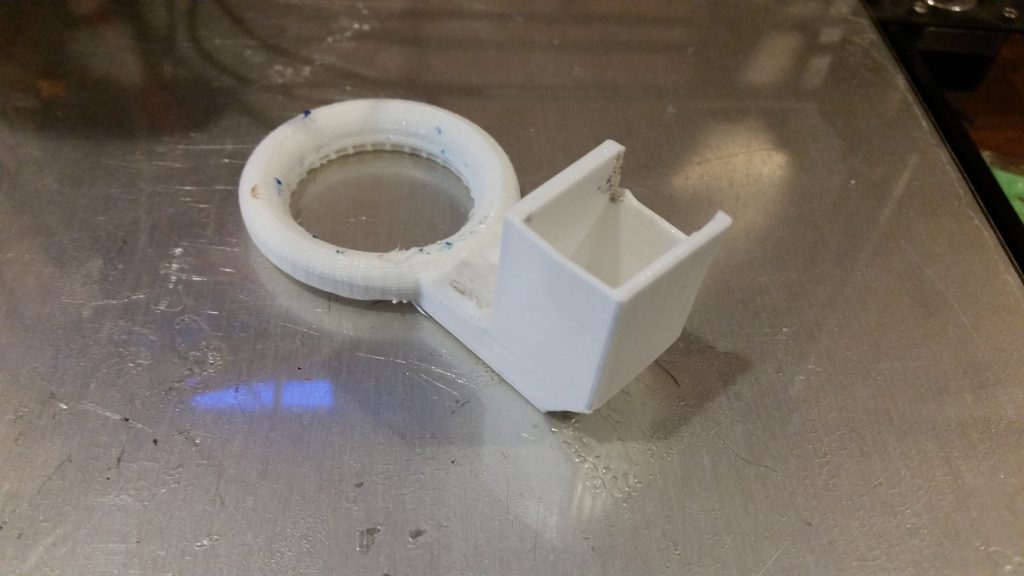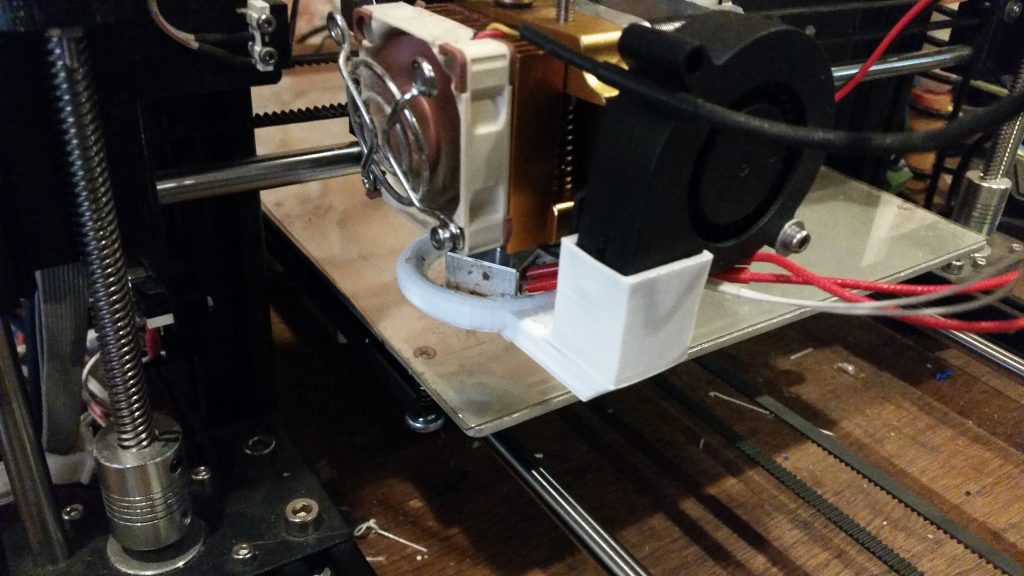A while back, I thought I bought a 3D printer.
I really ended up buying a boat. That is, defining a “boat” using the colloquial definition of “a hobby or project that seems to require the investment of ever-increasing amounts of time and money, and which often inspires a love/hate relationship and/or an unhealthy obsession with perfecting the design.”
In other words, open-source 3D printer kits are still really tickets to learning about 3D printers. in particular. and many different aspects of engineering, in general. I already had a decent background in electronics, so apart from a few new minor insights, most of the electronics were pretty familiar. I did learn a lot about extruded rail, various fasteners, timing belts, hot ends, extruders, and some of the properties of plastics. I also learned not to trust no-name power supplies.
But one of the coolest features of 3D printers is that they can be used to make themselves into better tools.
Somewhere during the process of building the 3D printer, I’d managed to distort the front of the X carriage assembly badly enough that I had to cut it off. (This is the sort of thing that happens when computer engineers dabble in mechanics.)
This meant that the object cooling fan that came with the printer could no longer be attached. I didn’t think much of it until I started trying to fine-tune my part quality, and noticed problems on overhangs. No cooling meant that the plastic was sagging out of position, causing distortions.
Fortunately … I happened to have a 3D printer, if perhaps an imperfect one. This could be solved with the right part!
I found a fan shroud design on Thingiverse that looked like it might fit, printed it out, and installed it. This is actually the original idea behind “RepRap”-style 3D printers — that they should be able to make many of the parts for them, themselves. I had to cut into one side and add a washer to get it to work on my printer, but it’s helped significantly with build quality.
It’s a tiny step towards the Singularity for sure, but it’s still good to have this kind of ability, especially with the recent trend towards consumerism. It’s starting to make sense to make things at home again — and that’s good news.
Because in order to make things, we’re forced to understand them at least a little.




